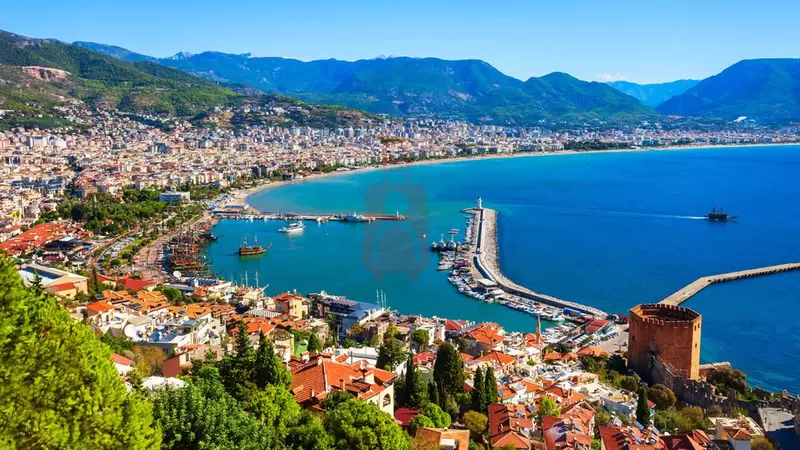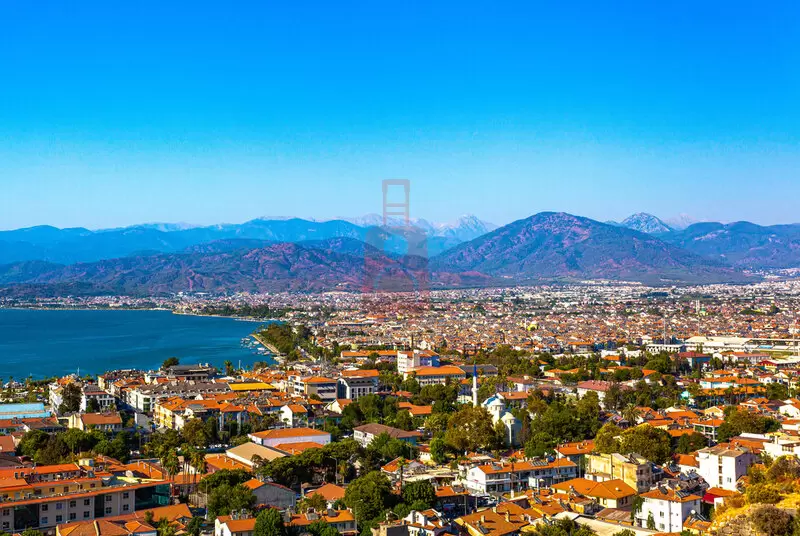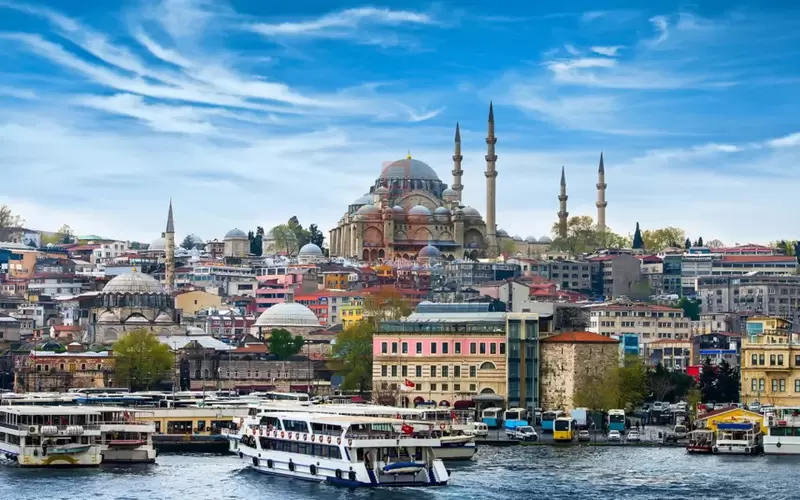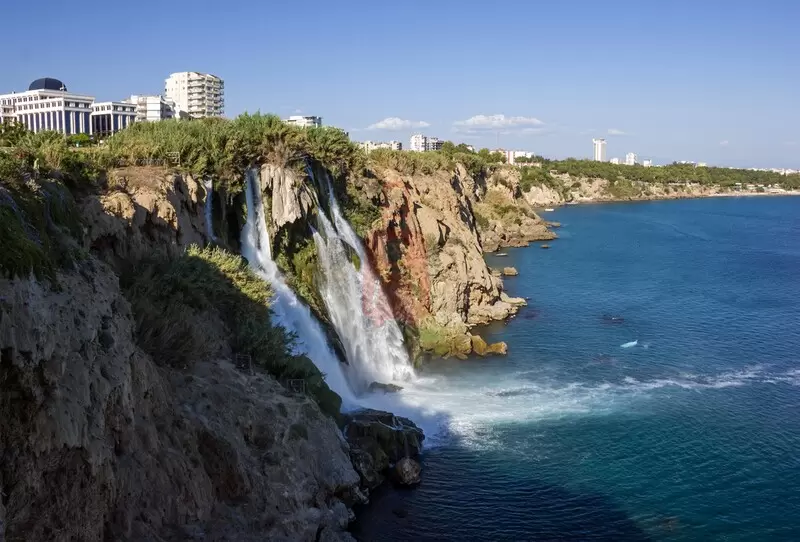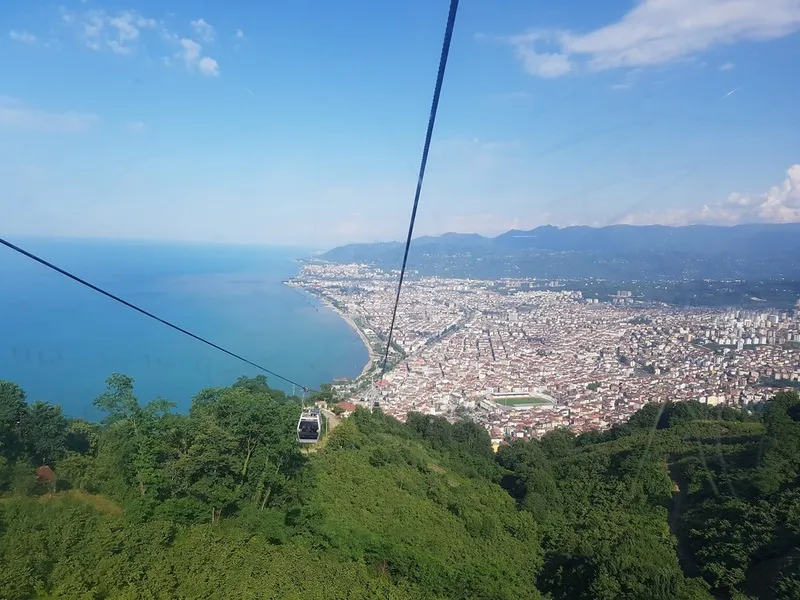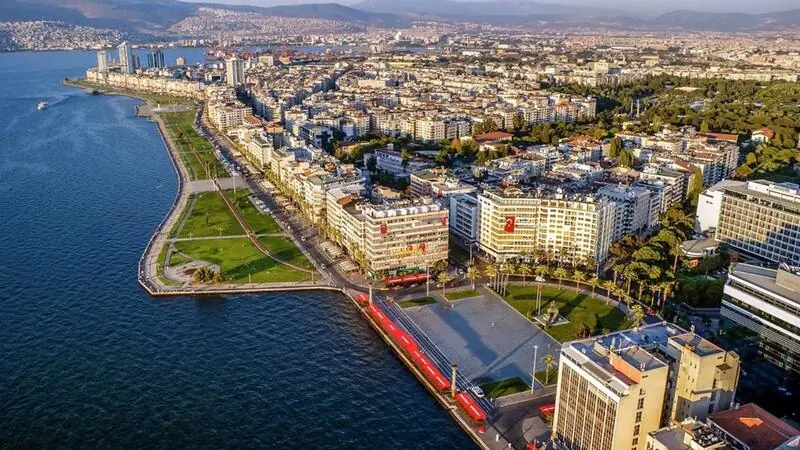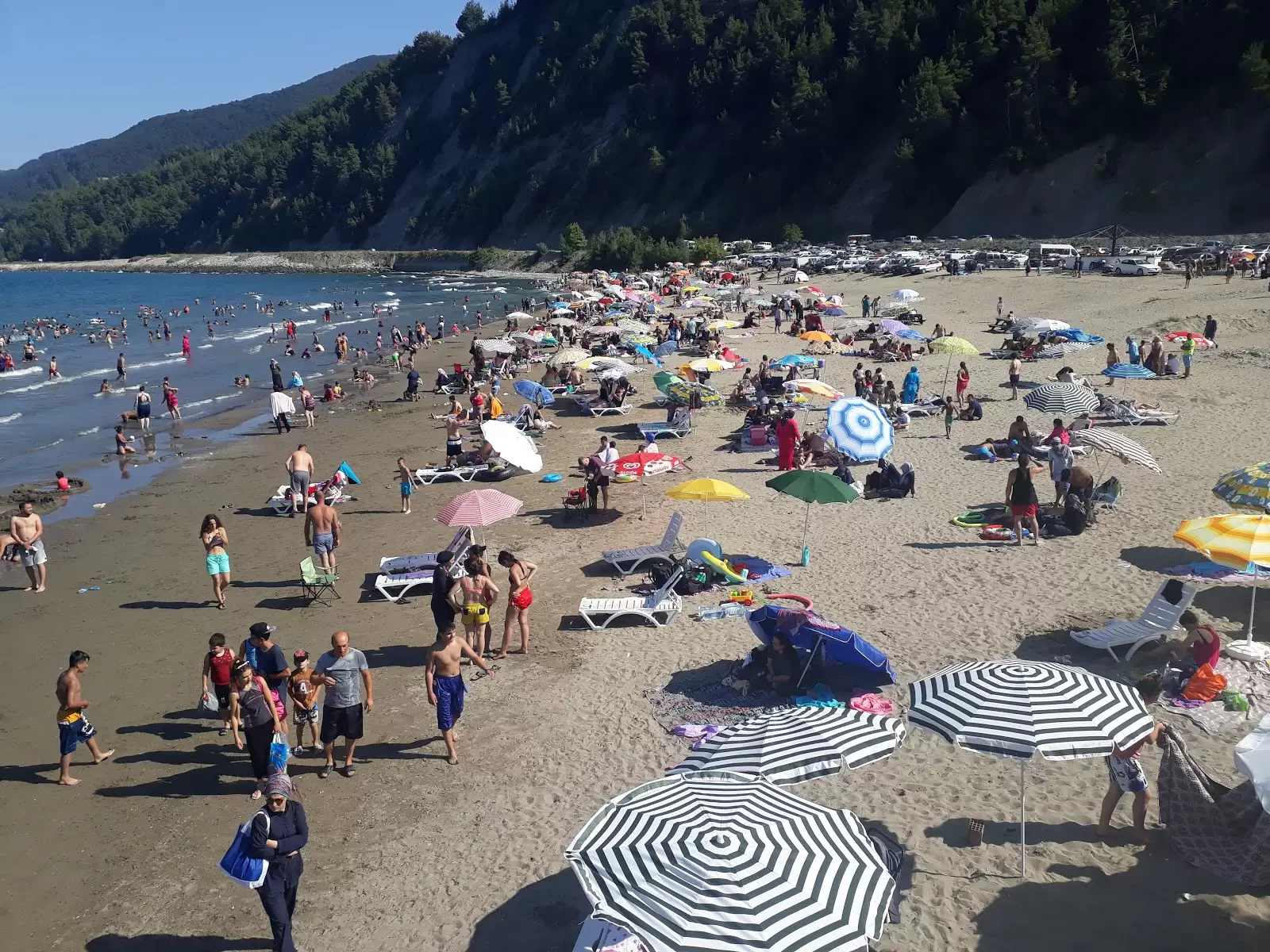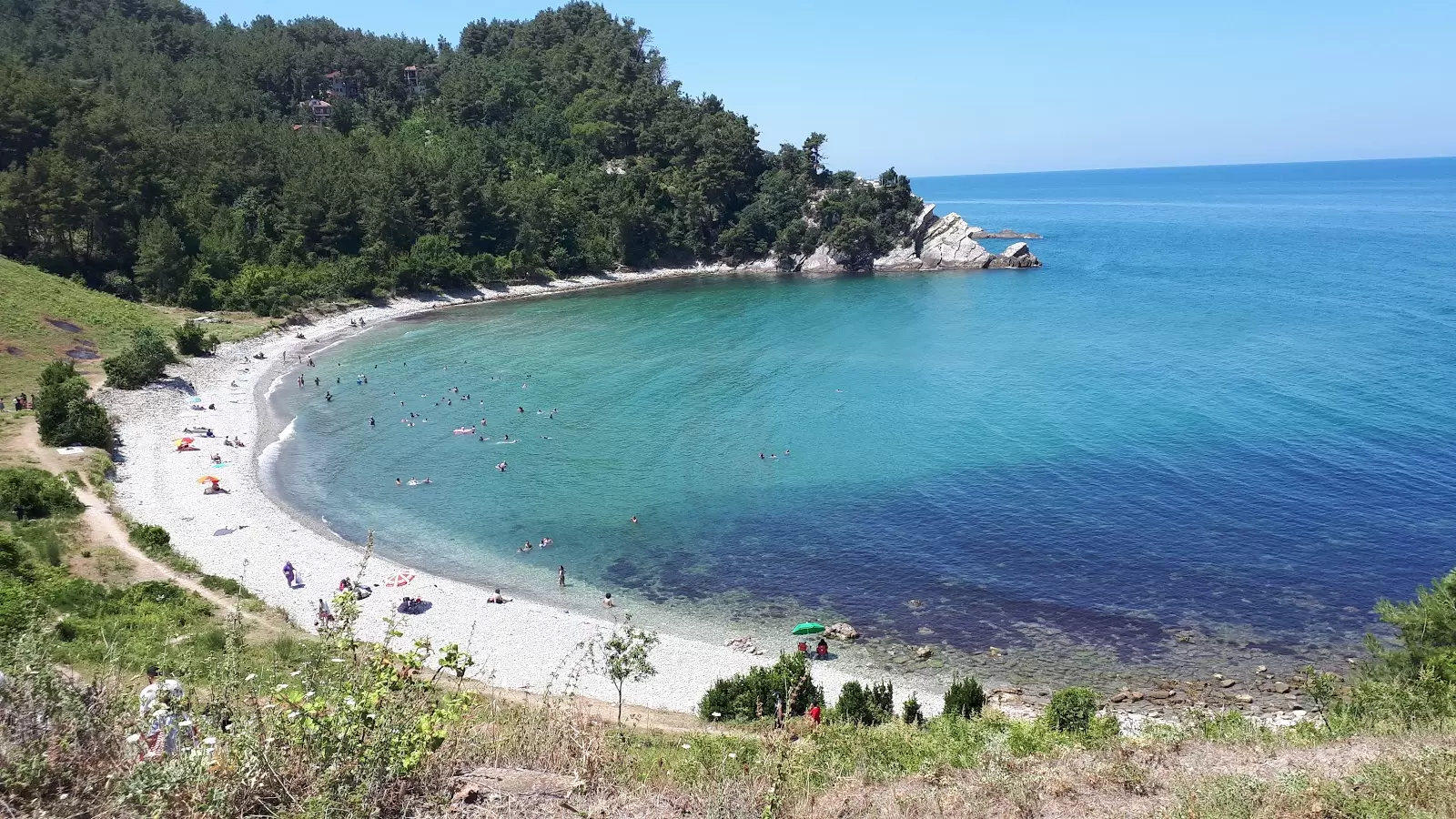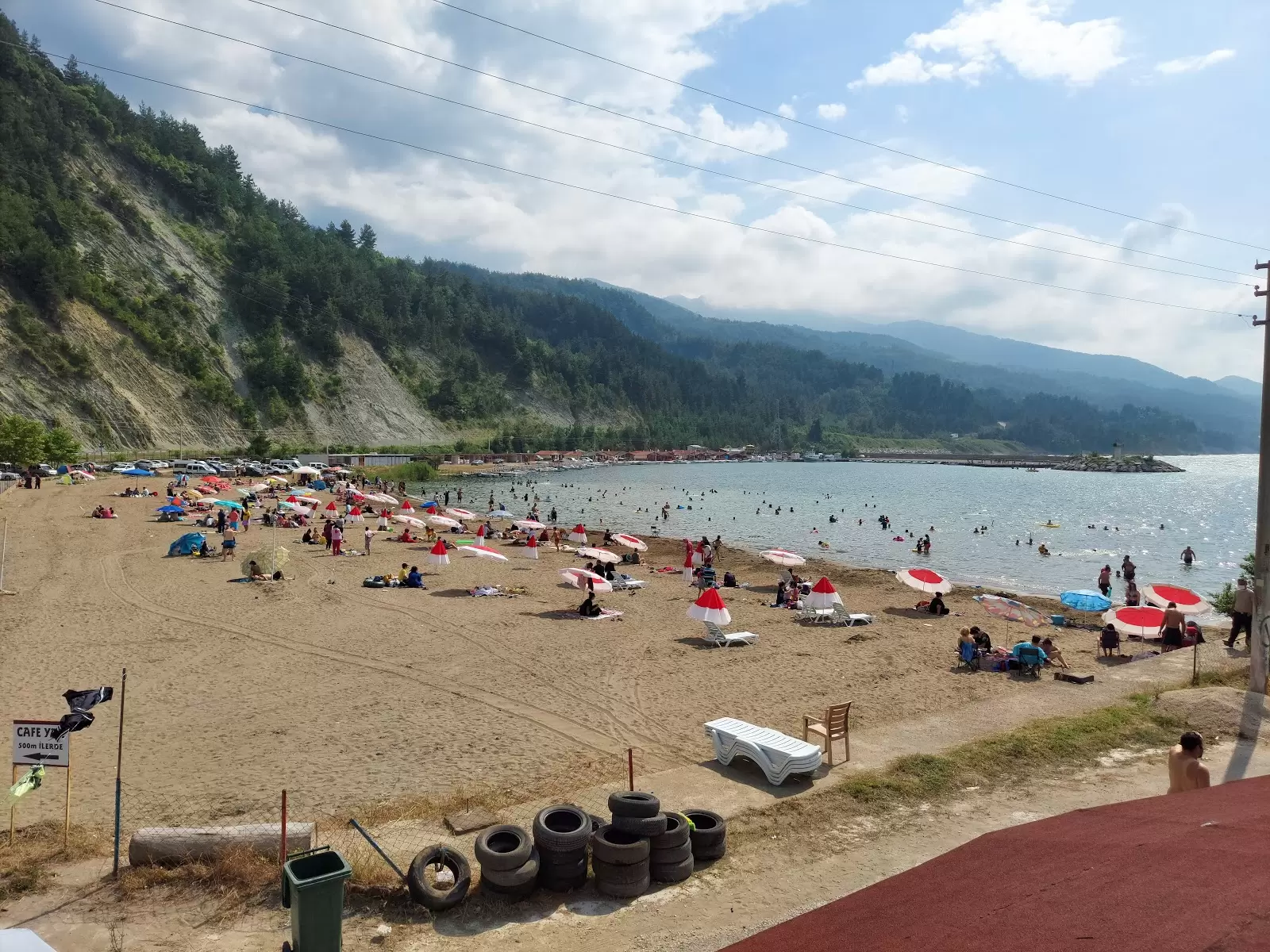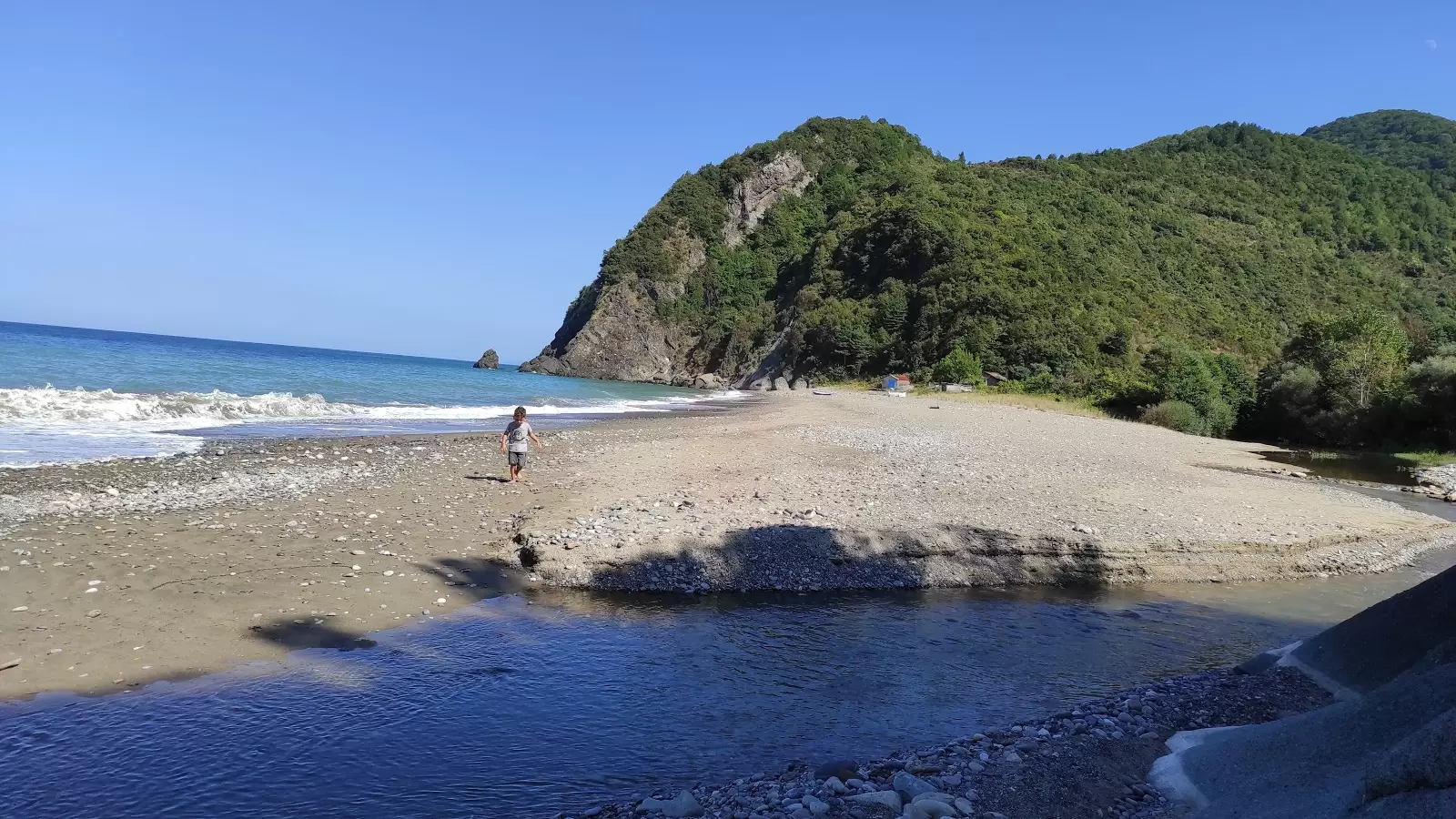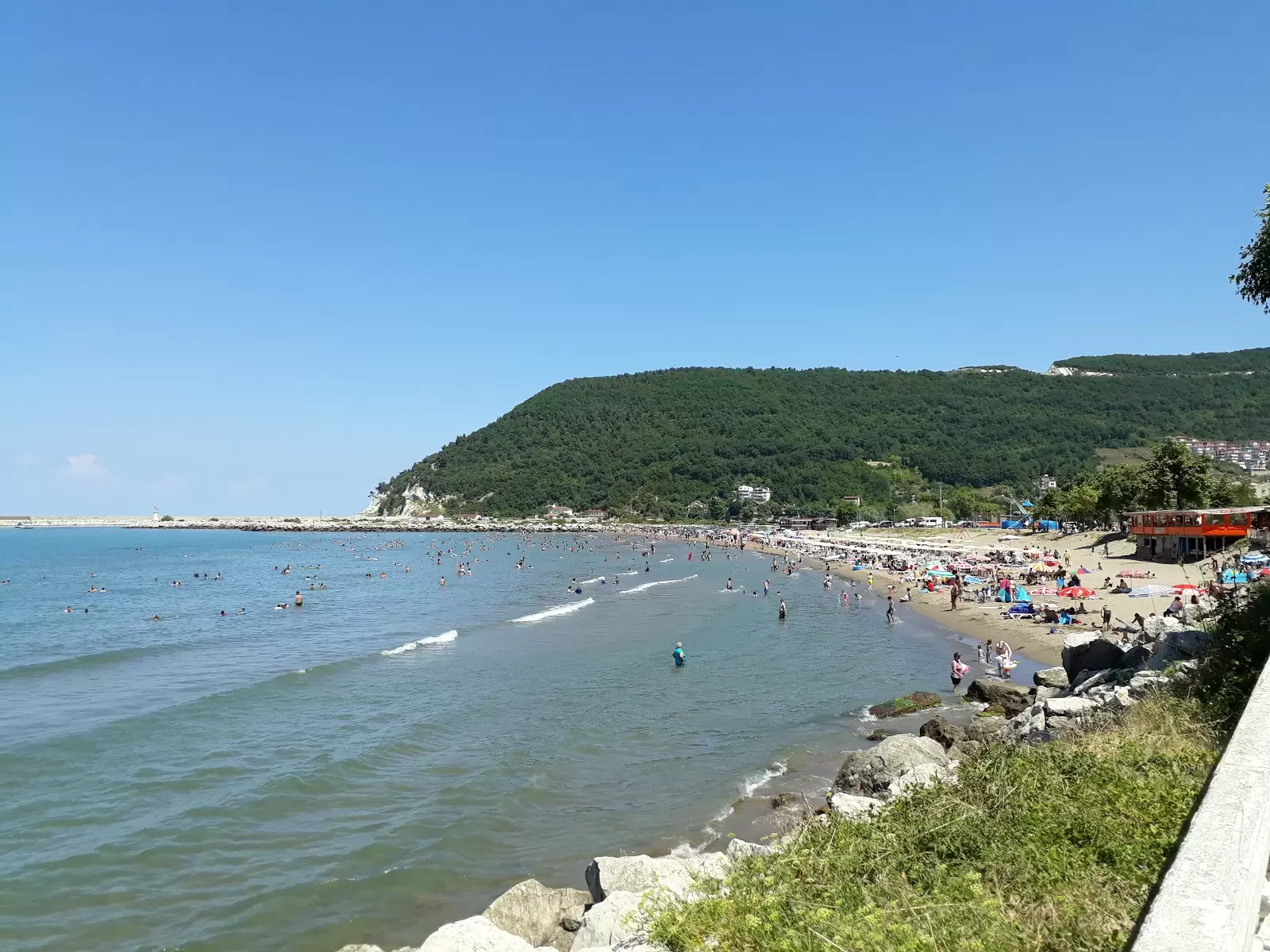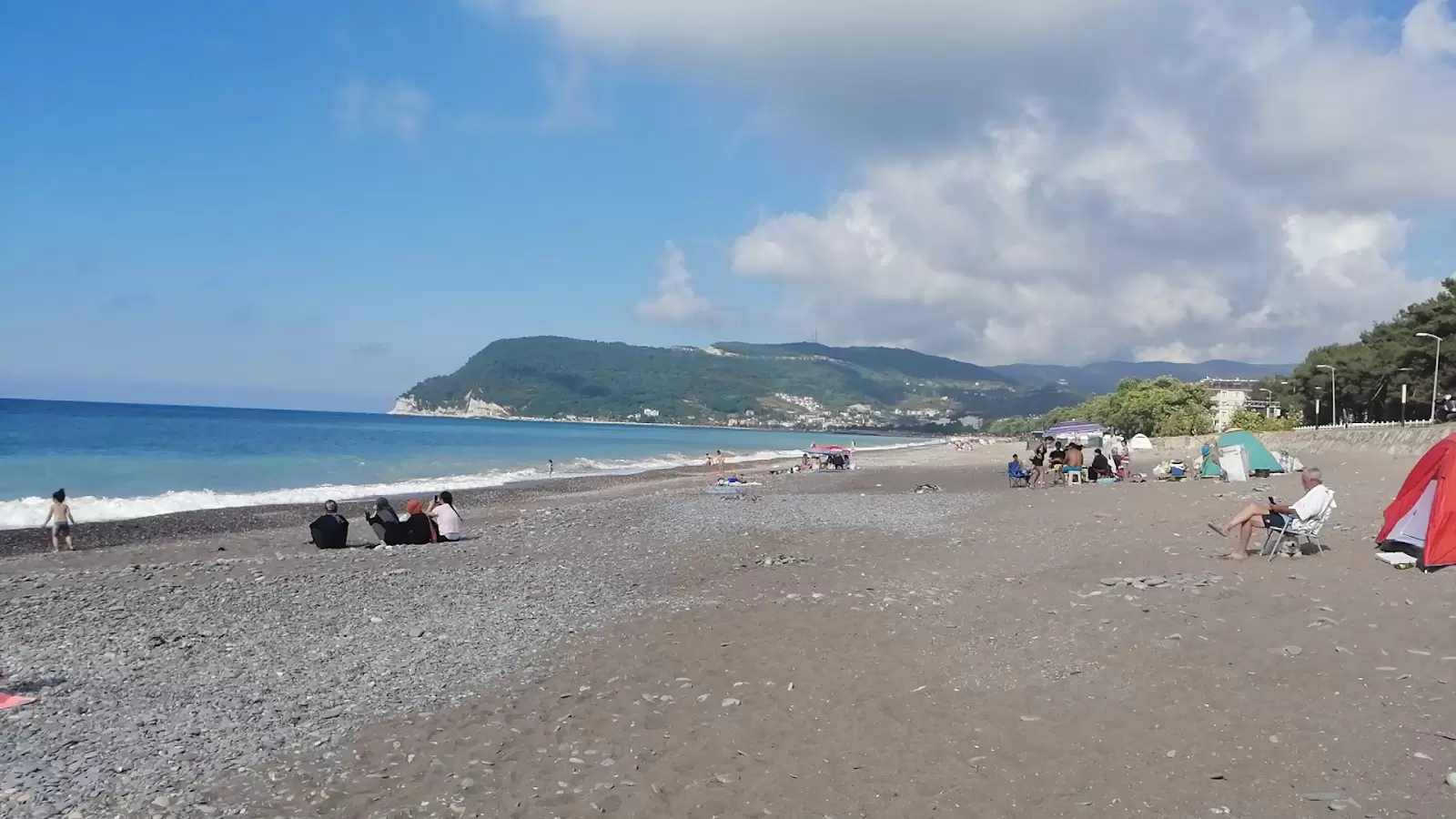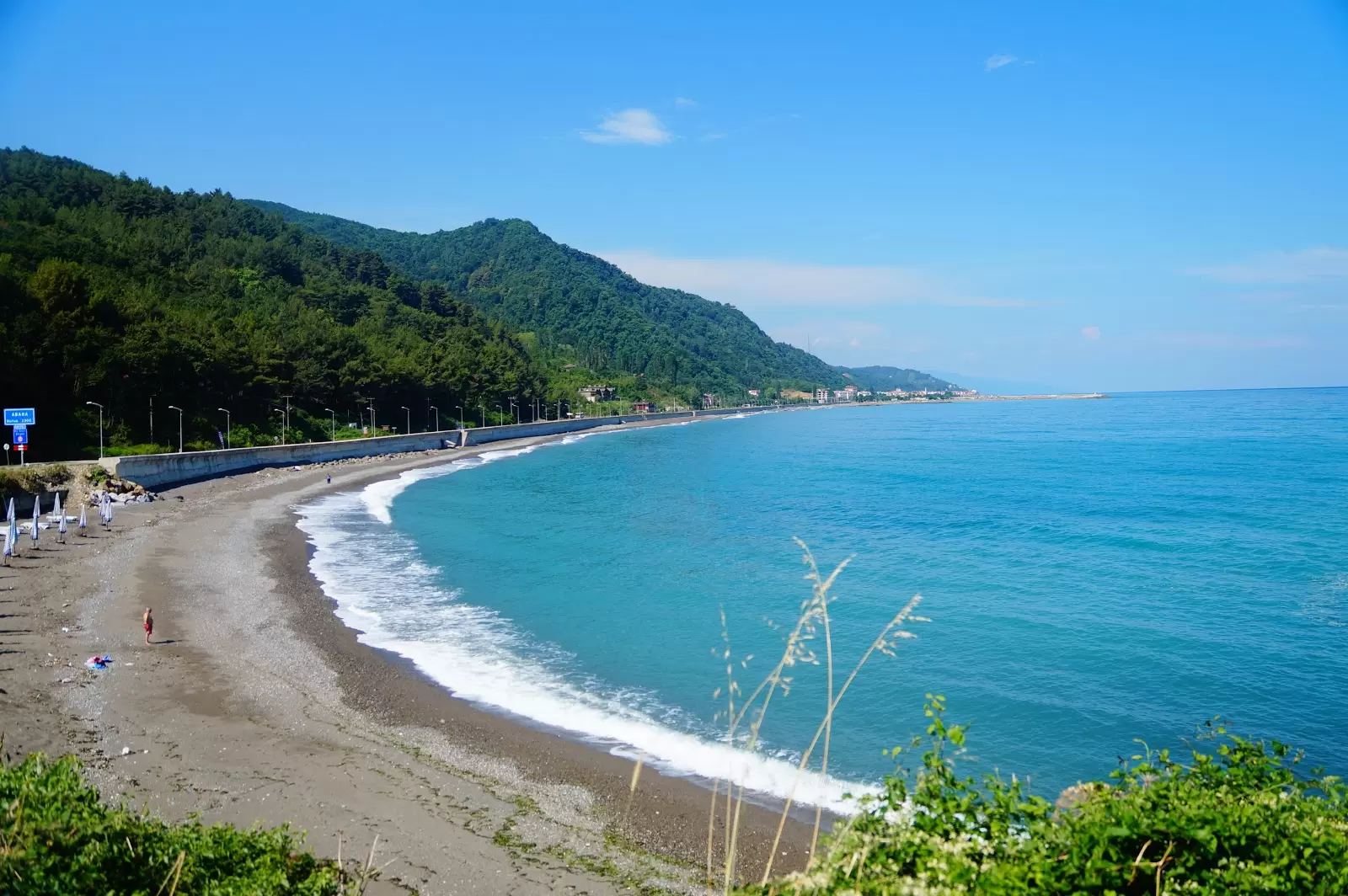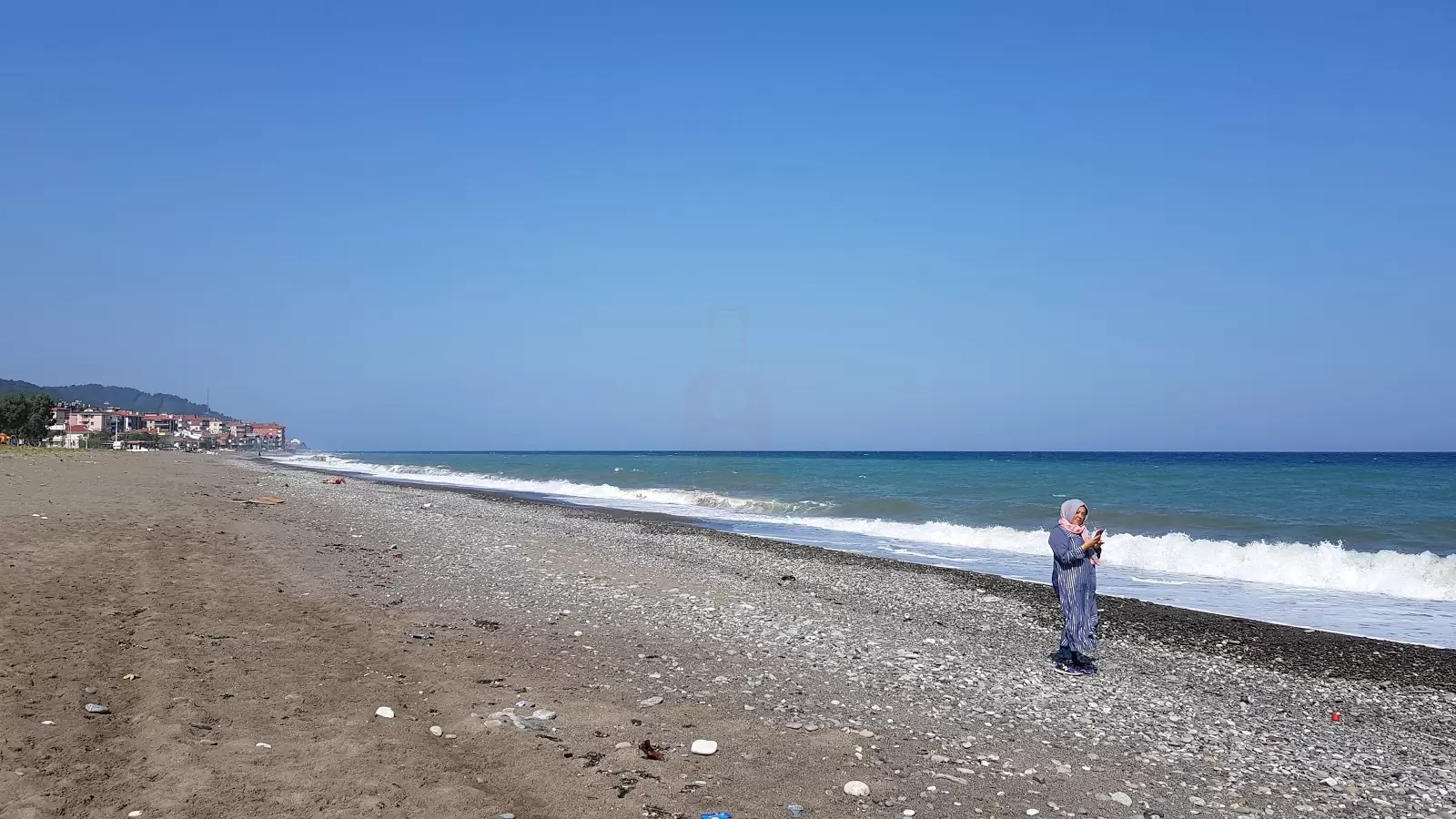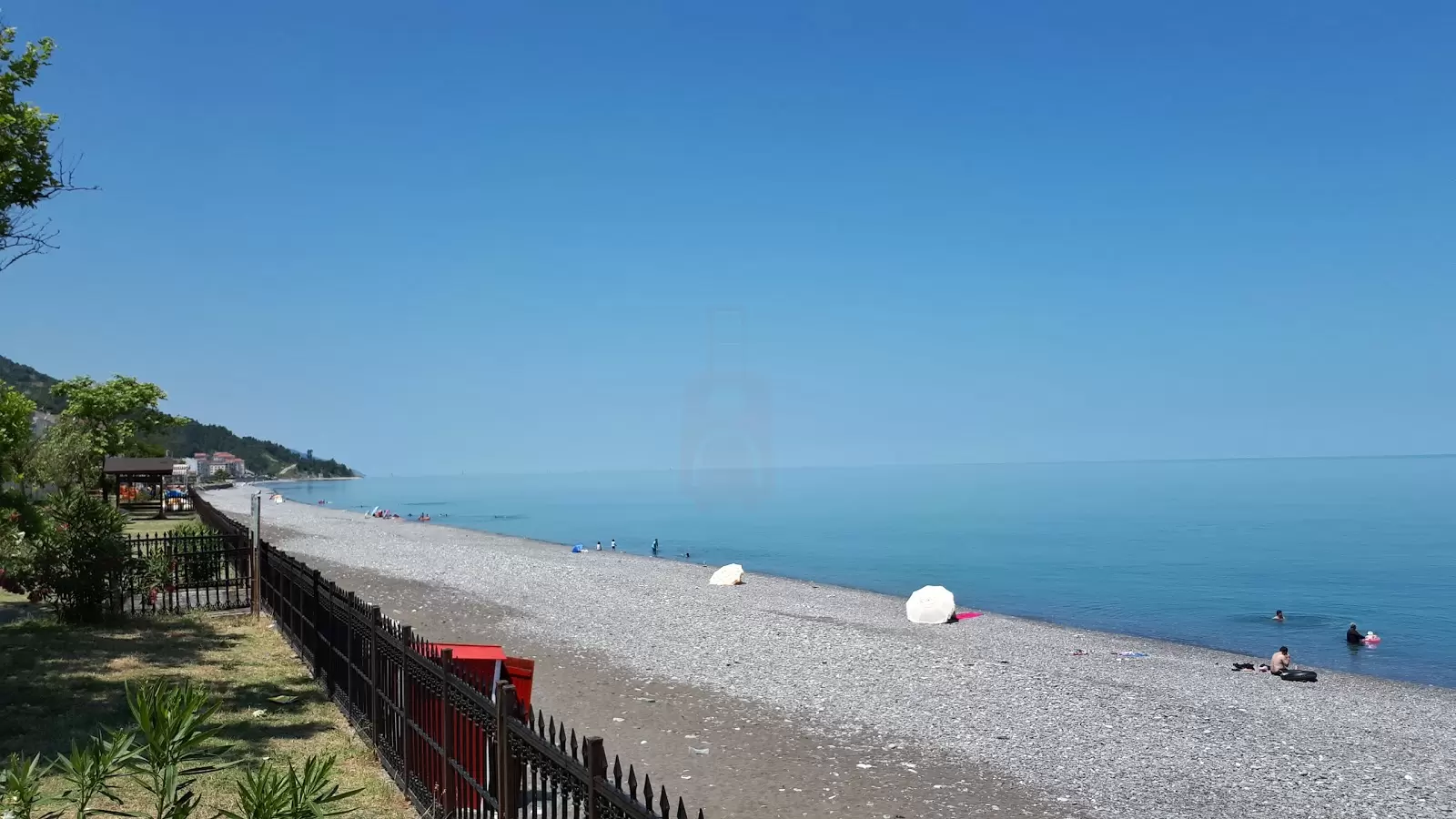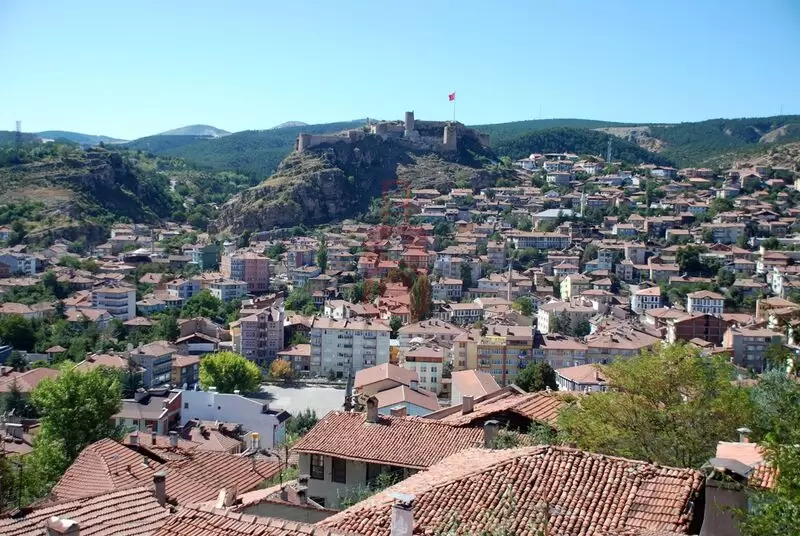
Outdoor adventures extend along scenic highways reaching Ilgaz Mountains’ hiking trails, Hadji Bekir hot springs and Küre National Park ideal for trekking and spotting wildlife like bears and wolves. Coastal villages exude Greek island charm near azure waters.
Connected via the Kastamonu Airport and roads, the city provides hotels, pensions and thermal resorts near atmospheric bazaar streets filled with woodcarvers and craftsmen in traditional attire. It serves as a gateway into Turkey's stunning northern highlands.
-
Transportation: The nearest airport to Kastamonu is Kastamonu Airport (KFS), which offers domestic flights from major cities in Turkey. From the airport, you can reach the city center by taxi or private transfer. Alternatively, you can travel to Kastamonu by bus from various cities in Turkey. Within the city, local transportation options include buses and taxis.
-
Climate: Kastamonu has a temperate climate with warm summers and cold winters. The best time to visit Kastamonu is during the spring (April to June) and autumn (September to October) when the weather is pleasant for outdoor activities. Summers are generally mild, while winters can be cold with occasional snowfall.
-
Attractions: Kastamonu boasts a wealth of attractions, including historical sites, natural wonders, and cultural landmarks. Here are some popular places to visit in Kastamonu:
-
Kastamonu Castle: The Kastamonu Castle is an impressive fortification that overlooks the city. Dating back to the Byzantine era, it offers panoramic views of the surrounding area and houses a museum showcasing local artifacts and historical exhibits.
-
Nasrullah Bridge: The Nasrullah Bridge, also known as the Taş Köprü (Stone Bridge), is an iconic Ottoman-era bridge that spans the Gökırmak River. It is a symbol of Kastamonu's architectural heritage and offers a picturesque setting for a leisurely stroll.
-
İnebolu: Located near Kastamonu, İnebolu is a historic coastal town known for its well-preserved Ottoman architecture. Its narrow streets, wooden houses, and charming harbor create a tranquil and nostalgic ambiance. It's worth exploring for its authentic atmosphere and beautiful coastline.
-
Ilgaz National Park: Situated on the Ilgaz Mountains, Ilgaz National Park is a paradise for nature lovers. It offers hiking trails, picnic areas, and stunning vistas of the surrounding forests and mountains. During winter, it also serves as a popular ski resort.
-
-
Local Cuisine: Kastamonu's cuisine is renowned for its hearty flavors and regional specialties. Some local dishes to try include "Etli Ekmek" (a flatbread topped with minced meat and spices), "Kastamonu Mantısı" (a traditional Turkish dumpling dish), "Kastamonu Pilavı" (a rice pilaf with chestnuts and currants), and "Kastamonu Tiriti" (a slow-cooked meat dish).
-
Accommodation: Kastamonu offers a range of accommodation options, including hotels, guesthouses, and boutique accommodations. Most of the hotels are located in the city center, providing easy access to major attractions, restaurants, and shops.
As always, it's advisable to check the latest travel advisories and guidelines before your trip, as they may change. Enjoy your visit to Kastamonu and immerse yourself in its historical sites, natural beauty, and warm hospitality!
